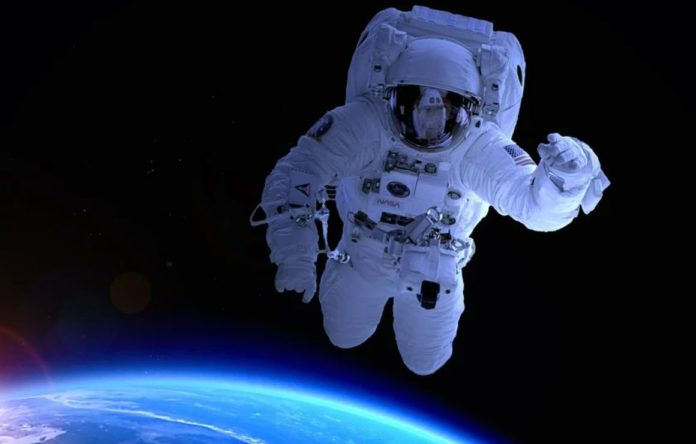Many of the astronauts who travel to the International Space Station return to Earth in better physical shape than before, due to the strict training they have to undergo in space to prevent their muscles from being damaged.
Know which are the exercises that must be done every day.
Being an astronaut in space is not just about floating inside a spaceship. In addition to the scientific tasks that everyone must accomplish during their missions, astronauts are required to adhere to strict exercise routines to keep their bodies in shape and combat the effects of low gravity in the environment.
- Scientists in Fear of This New Predator From Red Sea Eating Native Species in Mediterranean
- Does This Mean We Stopped Being Animal and Started Being Human Due to ‘Copy Paste’ Errors?
- The One Lifestyle Choice That Could Reduce Your Heart Disease Risk By More Than 22%
- Aging: This Is What Happens Inside Your Body Right After Exercise
- Immune-Boosting Drink that Mimics Fasting to Reduce Fat – Scientists ‘Were Surprised’ By New Findings
Muscles in the body can atrophy after spending time in space, which would spell big trouble for astronauts when they have to return to Earth. That is why those sent to the International Space Station (ISS) have indicated exercise routines they must perform every day and that were specifically designed to prevent the loss of mass that microgravity causes in muscles and bones.
An example of this is the German astronaut Matthias Maurer, working for the European Space Agency (ESA) and have been selected to arrive at the ISS in 2021. For this reason, he is completing the last steps of his preparation at NASA’s Lyndon B. Johnson Space Center in Houston, Texas.
Through a video released by ESA, Maurer showed some of the details of the daily training that he will have to carry out during his mission in space. Indeed, all astronauts living on the ISS must perform a routine of two hours a day of exercise six out of seven days a week.
What exercises do astronauts do in space?
The first hour of each day is dedicated to aerobic exercises while the second is dedicated to bodybuilding, for which the astronauts have devices designed specifically for them.
- Scientists in Fear of This New Predator From Red Sea Eating Native Species in Mediterranean
- Does This Mean We Stopped Being Animal and Started Being Human Due to ‘Copy Paste’ Errors?
- The One Lifestyle Choice That Could Reduce Your Heart Disease Risk By More Than 22%
- Aging: This Is What Happens Inside Your Body Right After Exercise
- Immune-Boosting Drink that Mimics Fasting to Reduce Fat – Scientists ‘Were Surprised’ By New Findings
Since lifting weights would be useless in microgravity, strength training machines rely on hydraulic force. In this way, astronauts can exert the necessary force to exercise their arms and legs. According to Maurer himself, thanks to these devices many astronauts “return to Earth in much better shape than they had in the past.”
This device also helps astronauts to run, ensuring their adherence to a platform thanks to a belt attached with chains to a base. The curious thing, says Maurer, is that in space this device can be used both on the ceiling and on the walls since there “is no up or down”.
The German astronaut also trains using CEVIS, a device designed by Danish engineers since 2000. It is a bicycle ergometer but with a stabilization and vibration isolation system that allows astronauts to perform the exercise in space. The German rescues a striking fact: the bicycle used by astronauts in space does not have a seat, since users perform the exercise suspended in the air.
